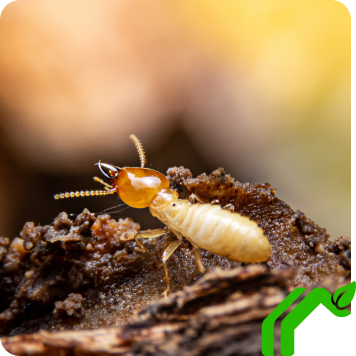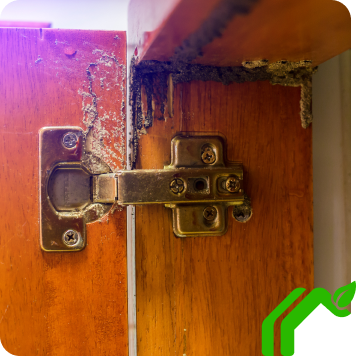
How To Tell If Your Chandler Property Has A Termite Problem
Many of us will do whatever it takes to protect our homes here in Chandler. We install locks, security systems, and video cameras, all in the name of security. However, many of us forget about one of the most devastating invaders of all — termites. Without intervention, these tiny insects can cause irreparable damage to your home. One of the reasons they are so dangerous is that spotting signs of termites is very difficult.
Below are some things to look out for if you are worried about termites infesting your home:
- Mud tubes: Subterranean termites require specific temperatures to thrive. To keep that environment stable for themselves, they will build pencil-sized mud tubes to travel through. One end is usually attached to a food source, and the other end is attached to your house.
- Stuck windows and doors: If you suddenly find yourself struggling to open or close windows and doors around your home, this could be one of the key signs of termites.
- Droppings: As termites chew through wood, they will create pinpoint holes in your drywall and wooden boards, meaning you will find their droppings around your house. They tend to resemble pepper kernels.
- Squeaky floorboards: Most of us have floorboards that creak when we walk across them; however, if you’re noticing that they seem excessively squeaky, this could be another indication of a termite infestation.
If you spot any of these signs, it is time to schedule a professional termite inspection with the pros at Green Home Pest Control!



